Descriptive Crystallography for Gemologists
by Joel E. Arem, Ph.D., FGA
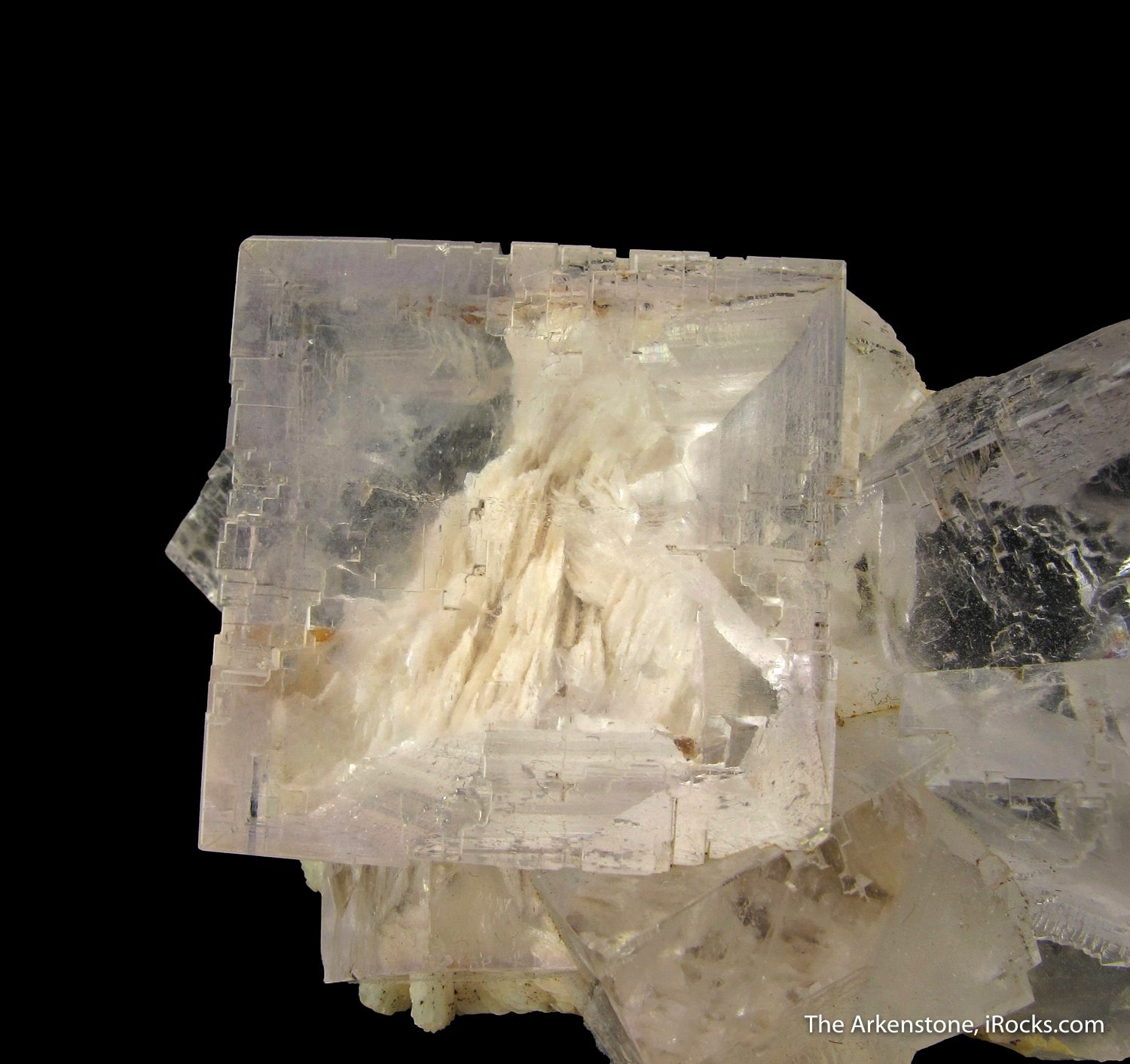
Crystallography is the study of the formation and structure of crystalline solids. Gemologists deal with many crystalline gem materials. Descriptive terms help gemologists visualize how they formed. “Fluorite on Baryte,” pastel purple fluorite crystals on white bladed barytes that look like “forests of ridges.” Berbes Mining area, Ribadesella, Asturias, Spain. © Rob Lavinsky, http://www.iRocks.com. Used with permission.
Table of Contents
Crystal Systems Review
Descriptions of Crystal Structures
Prismatic
Bladed
Acicular
Filiform
Equant
Pyramidal
Tabular
Descriptions Based on Aggregation States
Massive
Compact
Cleavable
Granular
Stalactitic
Oolitic
Earthy
Gem Formation and Descriptive Crystallography
"Crystal Systems Review
When crystals form, their atoms and molecules lock together in period arrays, much like three-dimensional wallpaper patterns. These arrays have various types of symmetry. Gemologists classify them into six major crystal systems:
Isometric
Tetragonal
Orthorhombic
Monoclinic
Triclinic
Hexagonal
Some mineralogists consider the trigonal subclass of the hexagonal system as a seventh crystal system.
Each crystal system is defined in terms of crystal axes and angles.
* Crystal axes are imaginary lines in space between the sides of the crystals. They intersect at a common point. Their lengths may be described as equal or unequal to each other.
* The crystal axes intersect each other at various angles. The angles further describe the crystal systems.
For more information on crystallography, see our article on crystal systems and mineral habits and our table of gems ordered by crystal system.
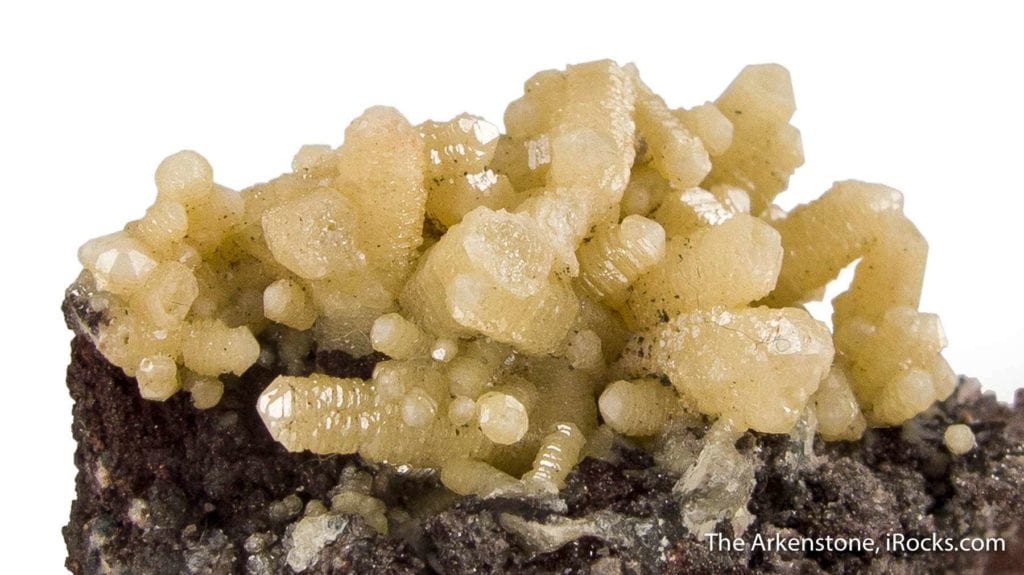
“Hedyphane,” with lustrous, yellow-tan, hexagonal, prismatic crystals. Tsumeb mine, Tsumeb, Otjikoto Region, Namibia. © Rob Lavinsky, http://www.iRocks.com. Used with permission.
Descriptions of Crystal Structures
Crystallography uses additional descriptive terms to explain the crystal structures exhibited by various mineral species. These include the following.
Prismatic
Crystals that form in a prismatic structure have well-developed, elongated, prism-like crystal faces.
Bladed
A bladed crystal has slender and flattened blade-like formations rather than prism-like faces.
Acicular
Acicular crystal formations feature slender, possibly tapered, needle-like crystals.
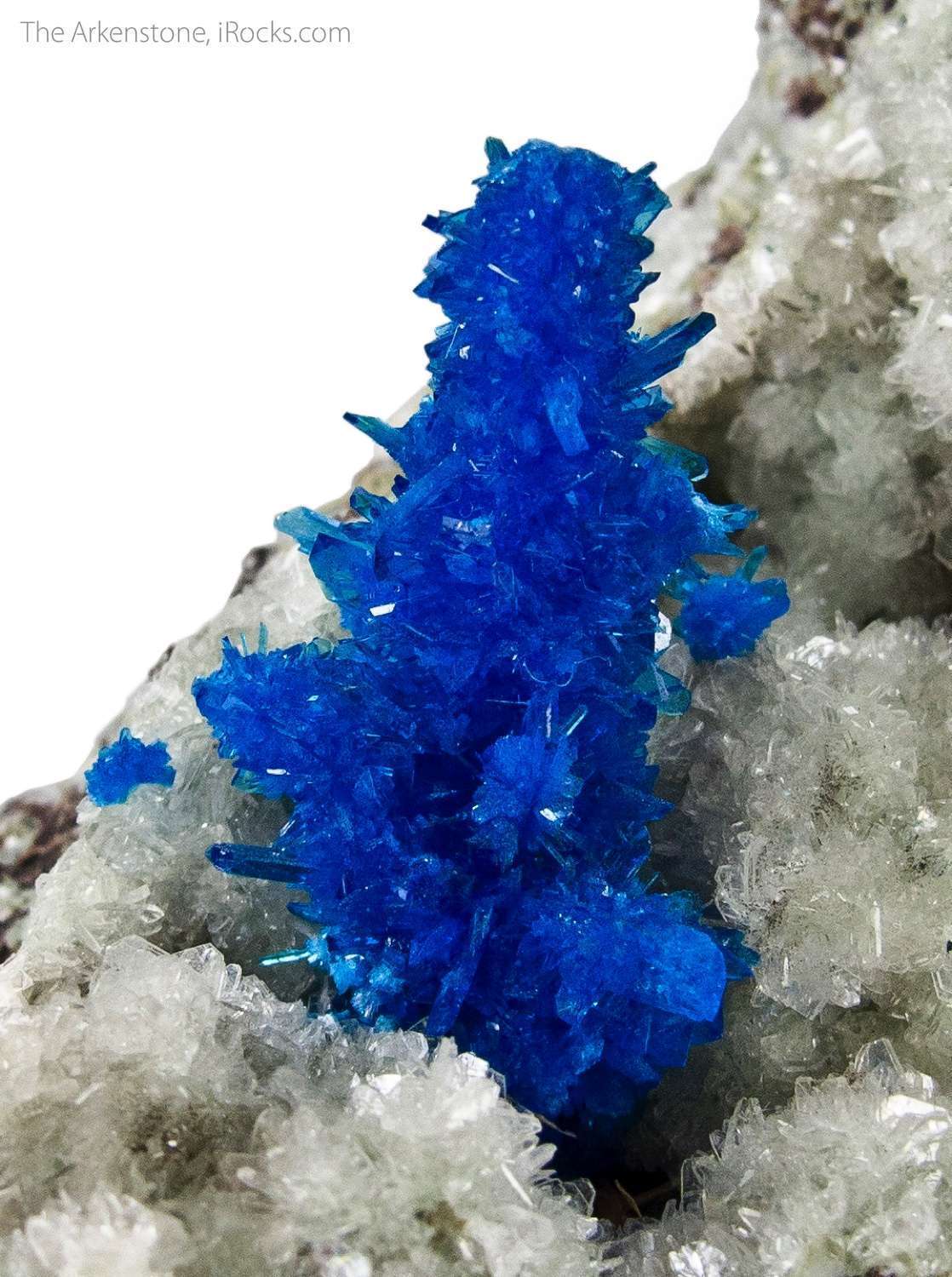
“Pentagonite with Stilbite,” with “Christmas tree” pentagonite composed of acicular, transparent, teal blue crystals. Wagholi quarry, near Poona, Maharashtra, India. © Rob Lavinsky, http://www.iRocks.com. Used with permission.
Filiform
Filiform crystals are hair-like and extremely fine.
Equant
Equant crystals have lengths, widths, and breadths roughly equal in size. Sometimes, equant crystals are referred to as stout crystals.
Pyramidal
Crystals that form pyramidal structures resemble single or double pyramids.
Tabular
Tabular formations feature a tablet shape with crystals slightly longer than wider.
You may encounter other terms for describing a mineral’s appearance, such as octahedral (8-sided) and pyritohedral (12-sided). However, these terms are typically used in conjunction with a specific crystal system.
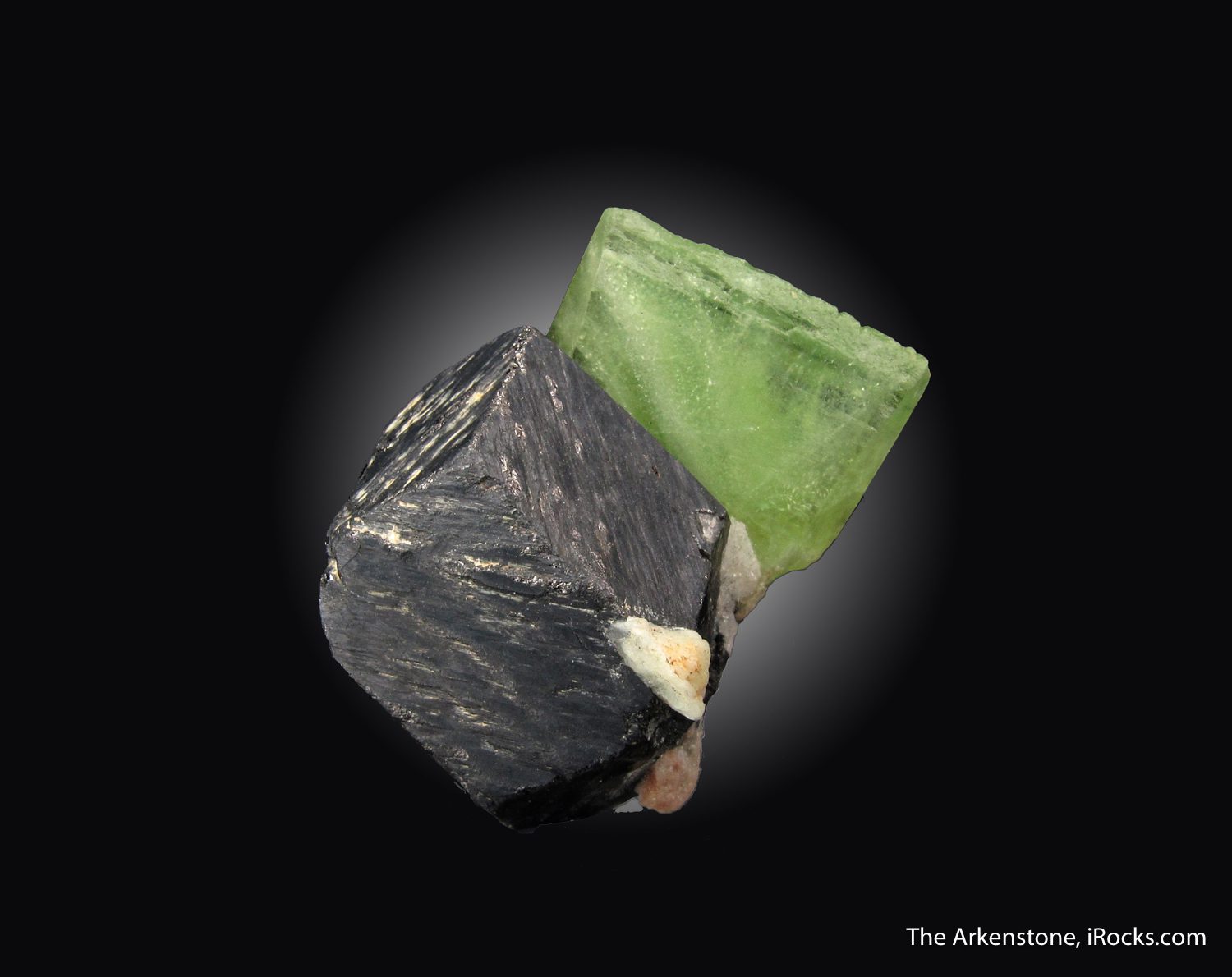
“Forsterite var. Peridot on Magnetite,” tabular peridot perched on a highly modified magnetite dodecahedron. Sapat Gali, Naran, Kaghan Valley, Khyber Pakhtunkhwa, Pakistan. © Rob Lavinsky, http://www.iRocks.com. Used with permission.
Descriptions Based on Aggregation States
Crystallography uses more terms to describe crystals based on their aggregation states. These terms include the following.
Massive
A solid, chunky aggregate.
Compact
A dense, solid aggregate.
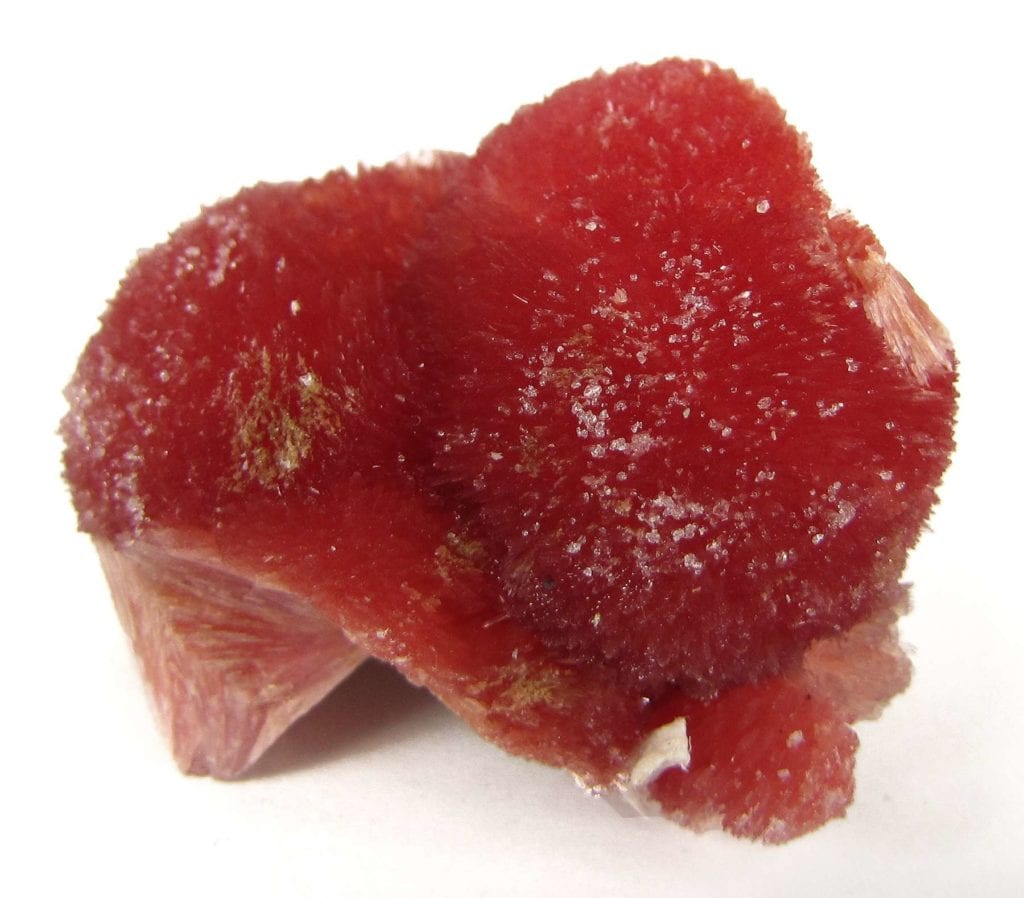
“Inesite,” compact cluster of several spherical aggregates of radiating crystals. Wessels Mine, Kalahari manganese fields, Northern Cape Province, South Africa. © Rob Lavinsky, http://www.iRocks.com. Used with permission.
Cleavable
Denotes a crystalline mass that can be cleaved.
Granular
Comprised of a mass of compact grains.
Stalactitic
Describes aggregates that resemble stalactites.
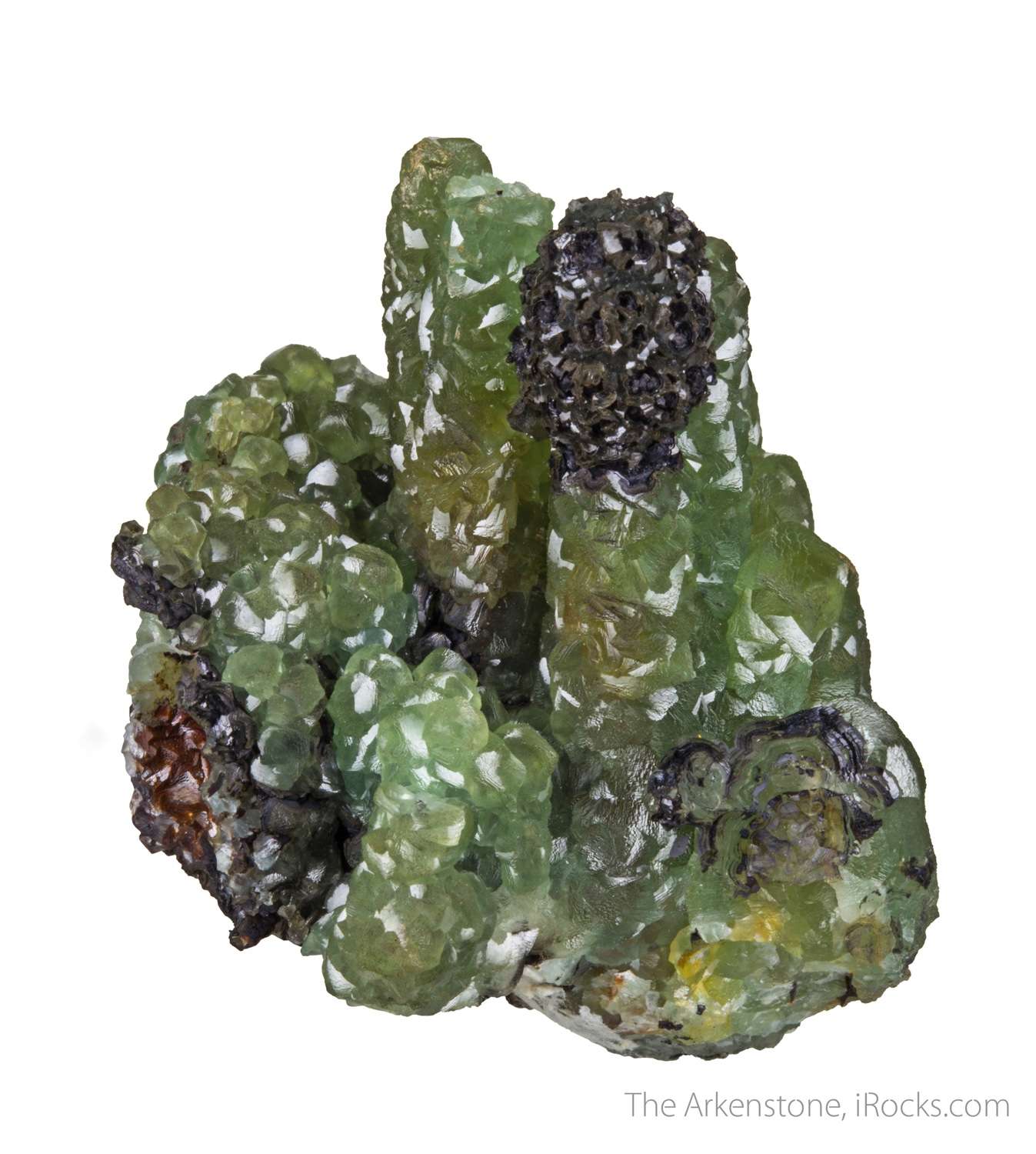
“Smithsonite and Galena,” rare stalactitic smithsonite “fingers.” Touissit Mine, Oujda-Angad Province, Oriental Region, Morocco. © Rob Lavinsky, http://www.iRocks.com. Used with permission.
Oolitic
Aggregates comprised of masses of spherical grains.
Earthy
Aggregates made of masses of densely packed powder.
Gem Formation and Descriptive Crystallography
A mineral’s growth process and formation environment largely determines its appearance. For example, minerals that form in sedimentary environments tend to be earthy, stalactitic, oolitic, and sometimes massive. On the other hand, igneous minerals tend to be crystalline or massive, sometimes cleavable.
Although these terms are somewhat subjective, they serve to give gemologists a mental image of a mineral’s appearance as it occurs in the Earth.
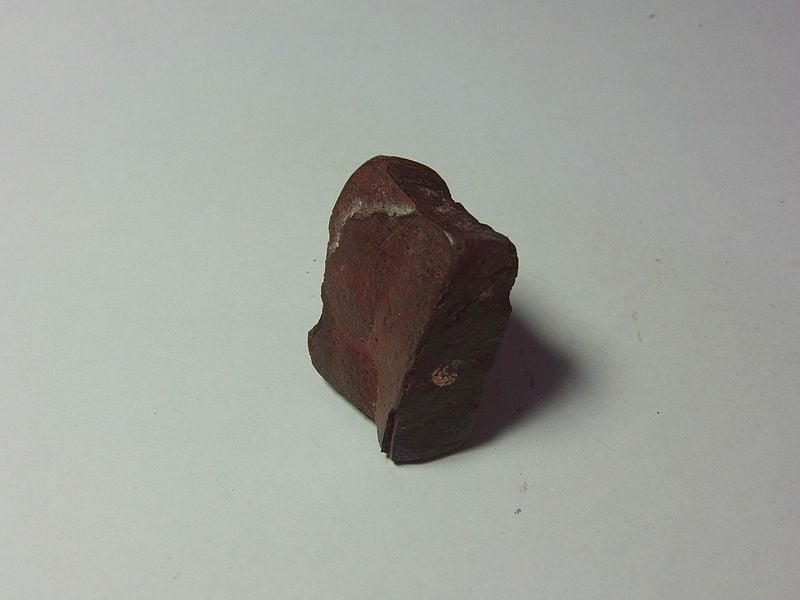
“Oolitic Hematite” by GOKLuLe. Licensed under CC By-SA 3.0.
"
https://www.gemsociety.org/article/crys ... emologists
About the author
Joel E. Arem, Ph.D., FGA
Dr. Joel E. Arem has more than 60 years of experience in the world of gems and minerals. After obtaining his Ph.D. in Mineralogy from Harvard University, he has published numerous books that are still among the most widely used references and guidebooks on crystals, gems and minerals in the world. Co-founder and President of numerous organizations, Dr. Arem has enjoyed a lifelong career in mineralogy and gemology. He has been a Smithsonian scientist and Curator, a consultant to many well-known companies and institutions, and a prolific author and speaker. Although his main activities have been as a gem cutter and dealer, his focus has always been education.